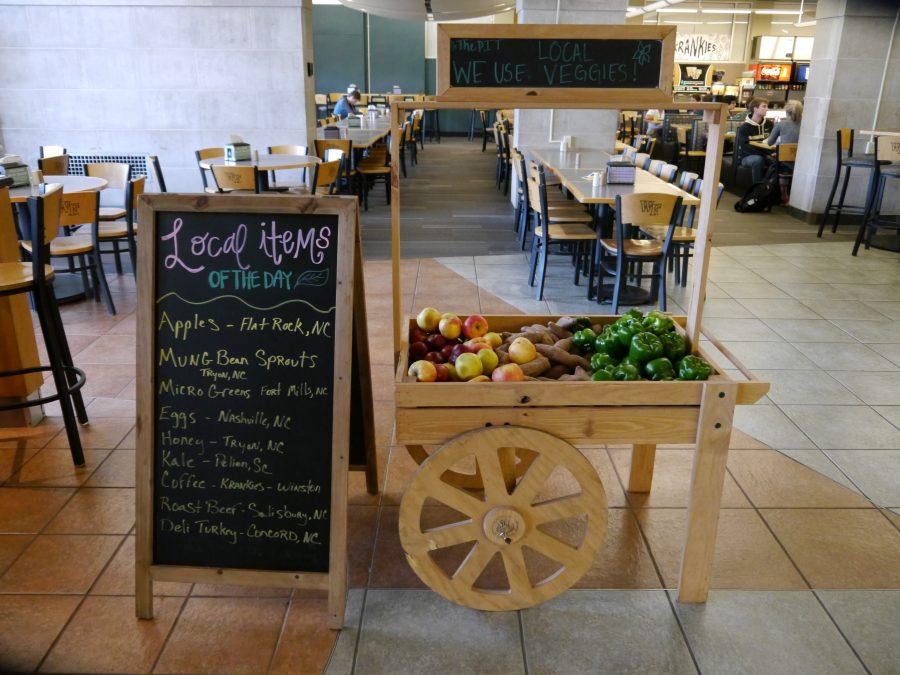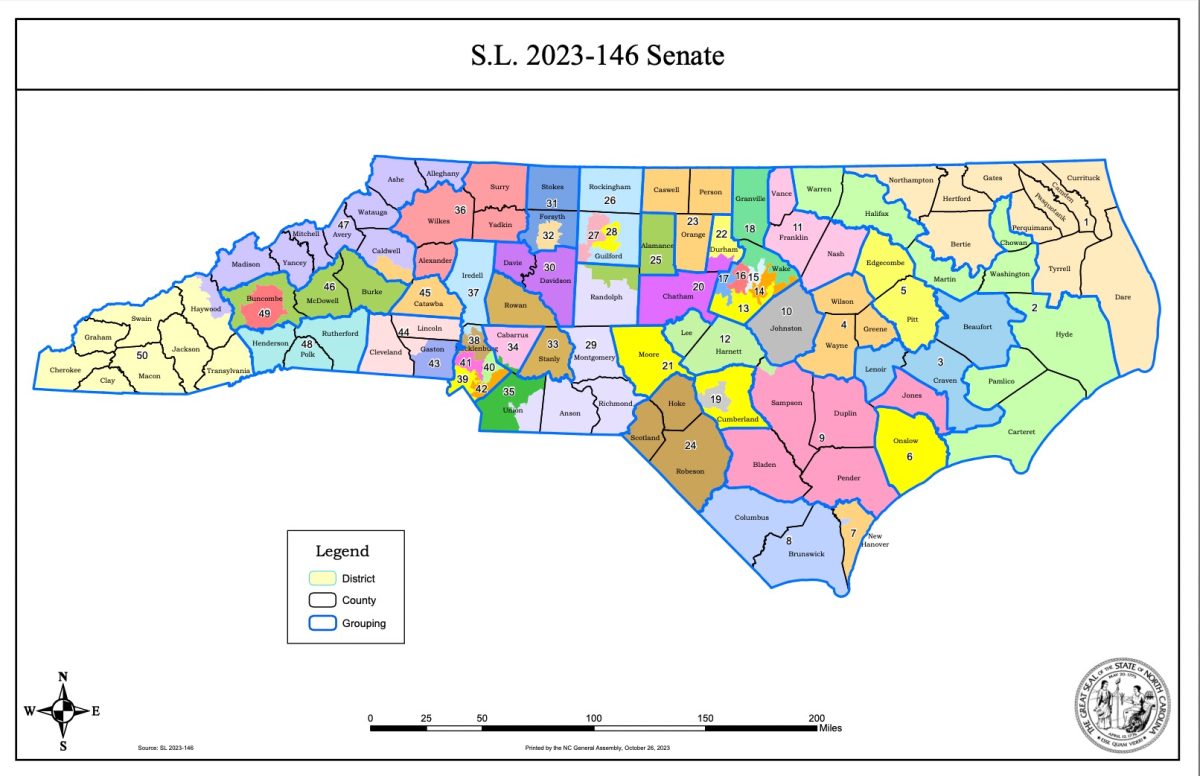Although Wake Forest has improved its healthy-eating options throughout campus over the past couple of years, some students still seem to believe that there are a lack of choices for healthy eating or for gluten-free students.
However, employees and administration believe that Wake Forest is providing substantial options for healthy eating.
Students across campus define healthy living in different ways.
Freshman Sophie Fortner believes it depends on the person and what is right for them and their lifestyle.
“I think the healthy options are there,” Fortner said, “but they are very repetitive, making eating healthy less appealing to students.”
The Wake Forest dietician, Kate Ruley agrees with Fortner’s statement that eating habits vary from person to person.
“There is no such thing as a ‘perfect’ diet for everyone,” Ruley said. “Individual nutritional needs can vary greatly according to genetics, activity levels and other parameters.”
Yet students such as sophomore Kyle Scholtz have expressed frustration with the options.
“Although I was fairly satisfied with the options at first, I wish there were more options for fruit and vegetables in the pit,” said Scholtz. “I also read that a lot of the options students think are healthy in the pit and around campus often have a lot of preservatives and are not as healthy as one would believe.”
A 2004 study revealed that only 7.3 percent of college students ate five or more servings of fruits and vegetables daily, according to the American College Health Association.
“It involves awareness and moderation,” said Scholtz. “Eating healthy in college is a lot of avoiding the late night food like pizza and bread compounded with alcohol, along with having a well-rounded diet during the day and continuing to eat the necessary amount of fruits and vegetables.”
Many gluten-free students also feel as if Wake Forest does not providing enough options on campus.
“Although they did not mention anything substantially impressive about it when looking at Wake Forest,” said sophomore Meghan Faherty, “they did say they have many options for people with food restrictions, which sometimes is not very true.”
The online site for Wake Forest Dining provides many resources for seasonal tips and expert advice. They have many online flyers for things like “Vegetarian Choices,” “Healthy Snacking” and “Gluten and Your Health.”
“We recognize and accommodate your dietary needs in a way that’s personalized, sensitive and supportive,” as stated on the online WFU Dining Page. “In fact, we pride ourselves on working with you to make sure you can find the food that fits YOUR life.”
However, sophomore Elizabeth Strand of Boston, MA, believes that Wake Forest does not do a good job implementing choices for gluten-free students.
“I am annoyed about paying a lot for food that is really not great for me and my immune system,” Strand said. “My mom and a couple of my other friends with Celiac Disease wrote letters to the head of Wake Forest Dining. Not much has changed.”
Fortner said she finds herself at Whole Foods at least once a week for healthy options.
“I spend so much money to eat off campus,” Strand said. “I go to The Loop, Village Juice, Silo and Village Tavern. To me, the rest of the world and Winston-Salem area has caught up on this allergy and it’s disappointing that Wake Forest has struggled.”
Some Wake Forest Dining workers have different opinions on the options for gluten-free students.
“They do well,” said Tonya Roane, a North Pit employee. “We provide gluten free bread, desserts and a special toaster for people who are gluten free.”
Ruley, the campus dietician, also believes Wake Forest is providing options for healthy eating.
“We carefully develop menus with health and wellness in mind.” Ruley said. “And I feel our dining program will continue to grow and improve.”
Starbucks employee Calvin Burrell acknowledges that there might not be a lot of options for healthy living everywhere, but agrees that it is definitely progressing.
“I feel like next year is going to be a lot better.” Burrell said. “So far they have been moving slowly, but they have been getting it done. The Pod downstairs has recently put in healthy packaged meals for people who do not want junk food.”
Yet despite the progress indicated by staff and employees, some students still seem to believe there are still many things that Wake Forest can do to provide healthy options.
“I do think that Wake Forest has improved its gluten-free options in the past year by adding the refrigerator and such,” Faherty said. “But I still think there are a lot of things they could do that are easy but would make gluten-free and healthy eating much better. They could improve the overall healthy eating at this school by coming up with a bigger variety of options.”






















